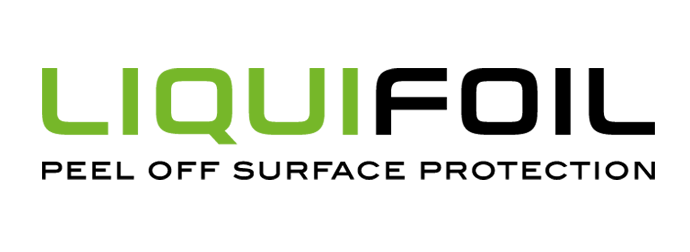Click on the common question below to read the answer. Is your question not listed? Then send an e-mail message to info@gratch.com .
Frequently asked questions
This is only possible if the wood does not have pores that are too large for the LiquiFoil to get into. A closed structure can be treated with LiquiFoil. Always apply a test on wood first!
The difference between the 3 types is in the standard thickness, batch size, storage time, adaptability (coloring) etc. There is no difference in quality in terms of peelability!
LiquiFoil LF01 is our standard version, which can be applied to any non-absorbent surface. LiquiFoil Pro LF02 is the thicker version of this. Both can be supplied in 1,000 liter IBC or in 20 liter buckets.
LiquiFoil Plus LF03 is the tried and tested version for years. This is stored in large batches, can be produced in the desired color on request, can be stored for 24 months and is only supplied in 20 liter buckets.
It depends on the desired protection. A very simple short-term protection on glass is already possible with 100 microns. If a very good protection is desired, a 250 micron layer thickness can be applied.
Yes, after the 1st layer has dried, a 2nd layer can be applied without any problems.
No, this is also the very big advantage compared to foil on a roll that is stuck with tape. The adhesive in the tape can cause problems if it is used too long or too short.
Yes, LiquiFoil Plus LF03 can be produced in the desired color.
Yes, for temporary protection in the 4 x 4 / MPV business or for a temporary color-change, LiquiFoil can be used.
This can occur because the surface is still absorbent/absorbent. Warm water helps loosen up. If it is difficult to come off because a layer is too thin, a layer can be put over it. The use of a high-pressure sprayer is not necessary, but it is possible.
The surface should be nearly clean.
No, it does not block the radiation, but it is UV resistant.
Yes, LiquiFoil is UV resistant.
LiquiFoil can remain on the substrate almost indefinitely. The longest experience we have in practice is 18 months, without any problem.
When the temperature drops below 10 degrees Celsius, LiquiFoil dries too slowly because it is difficult for the water to evaporate. It should definitely not freeze until it is completely dry.
As long as necessary.
